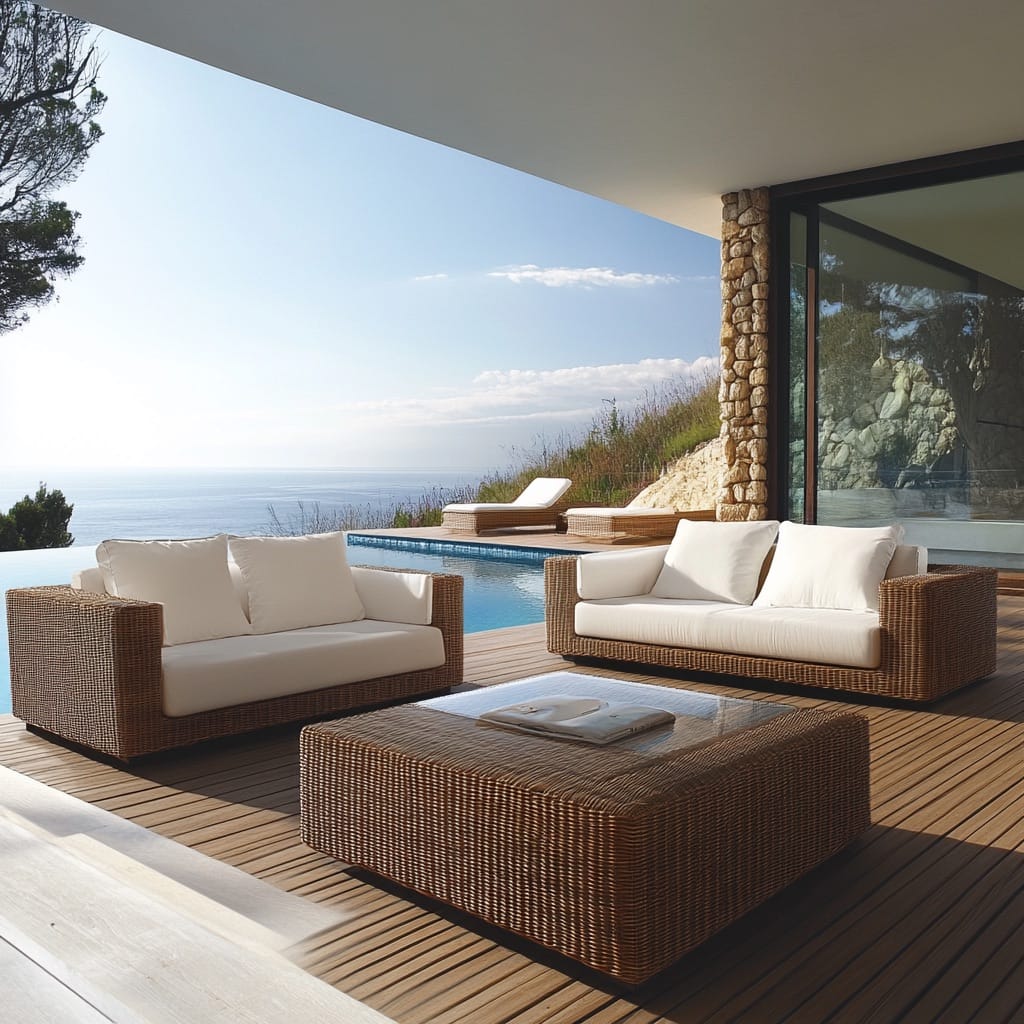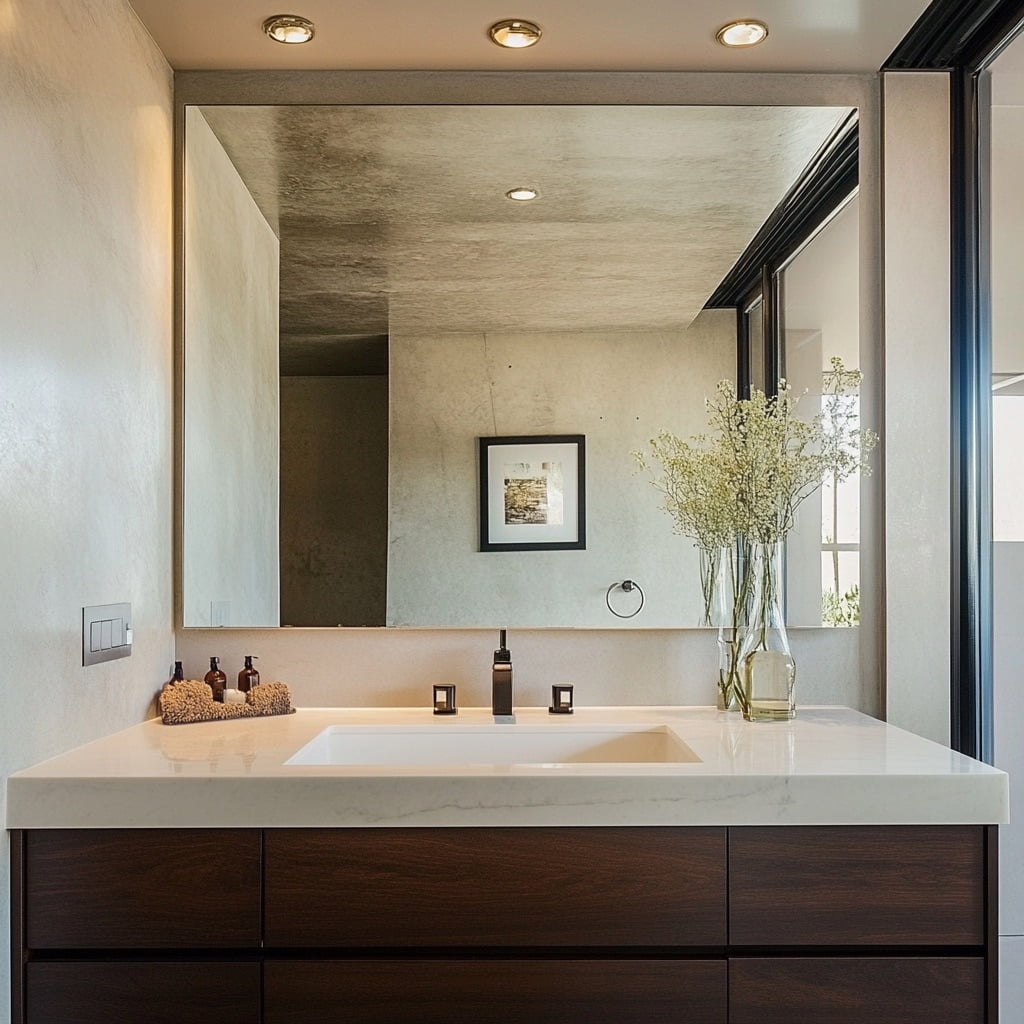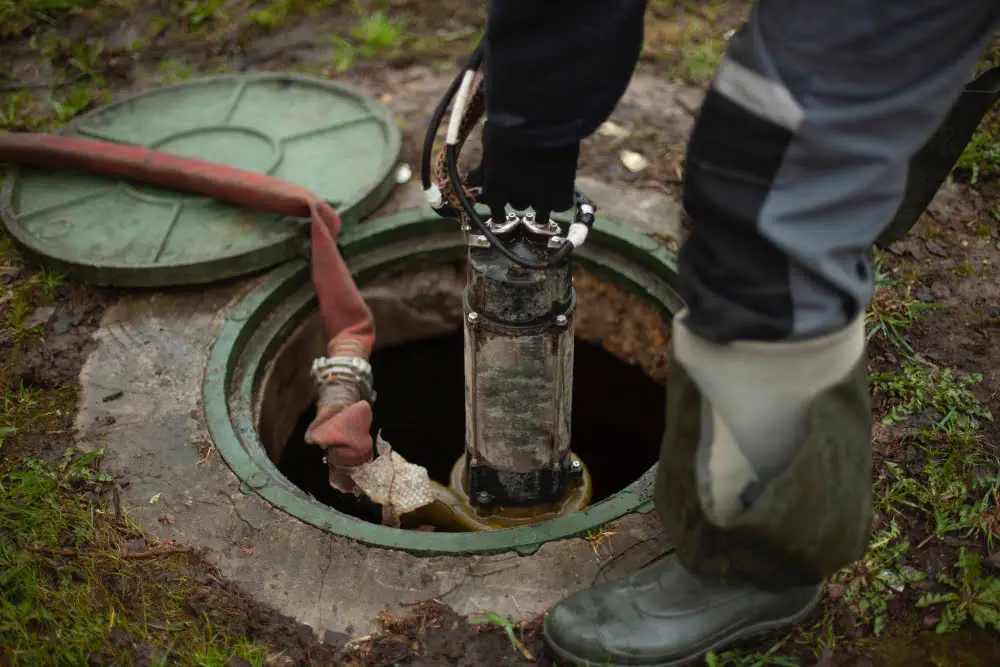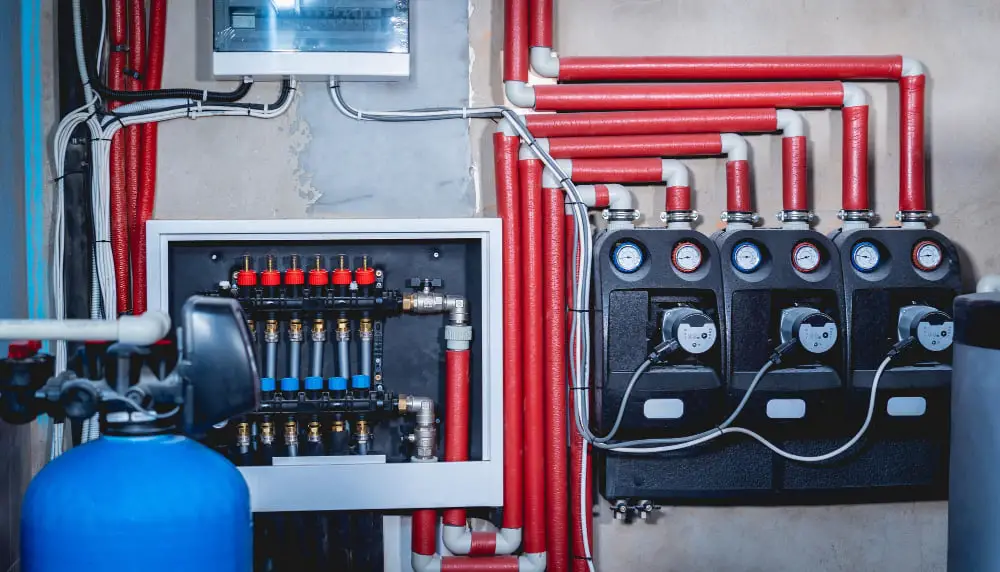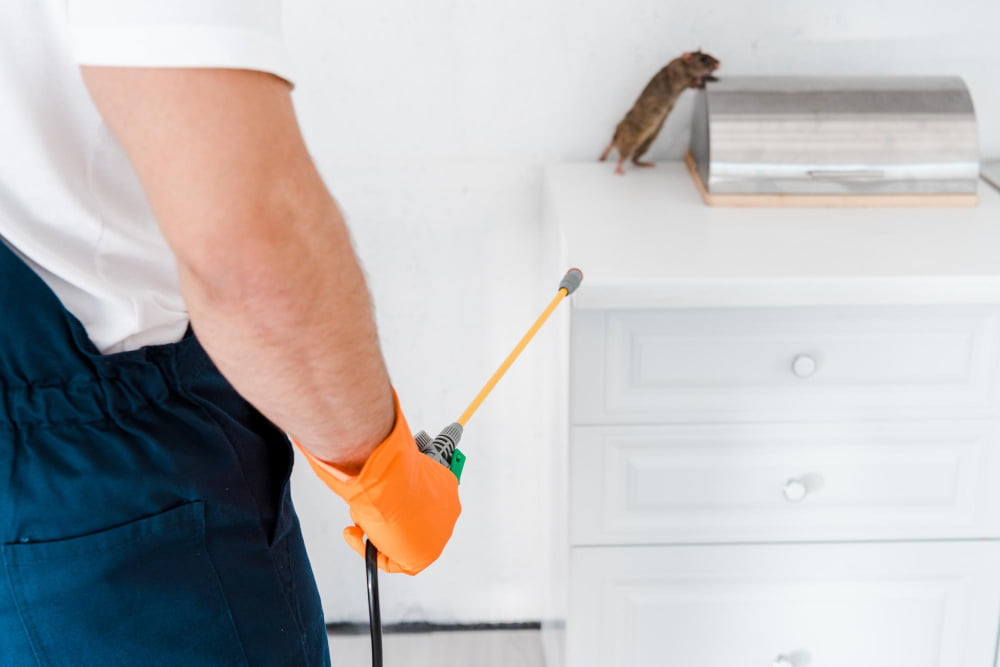Last updated on
Creating a comfortable and livable outdoor space is essential for any homeowner looking to extend their living area beyond the confines of their home. A well-designed outdoor space not only adds value to your property but also provides a place where you can relax, entertain, and enjoy the beauty of nature.
However, creating such a space requires careful planning and execution. From choosing the right furniture and decor to optimizing the use of space, there are several steps involved in creating an inviting outdoor area that suits your lifestyle.
In this blog post, we will discuss the crucial steps you need to take to create a comfortable and livable outdoor space that you can truly call your own. Let’s dive in!
Assess Your Needs and Lifestyle
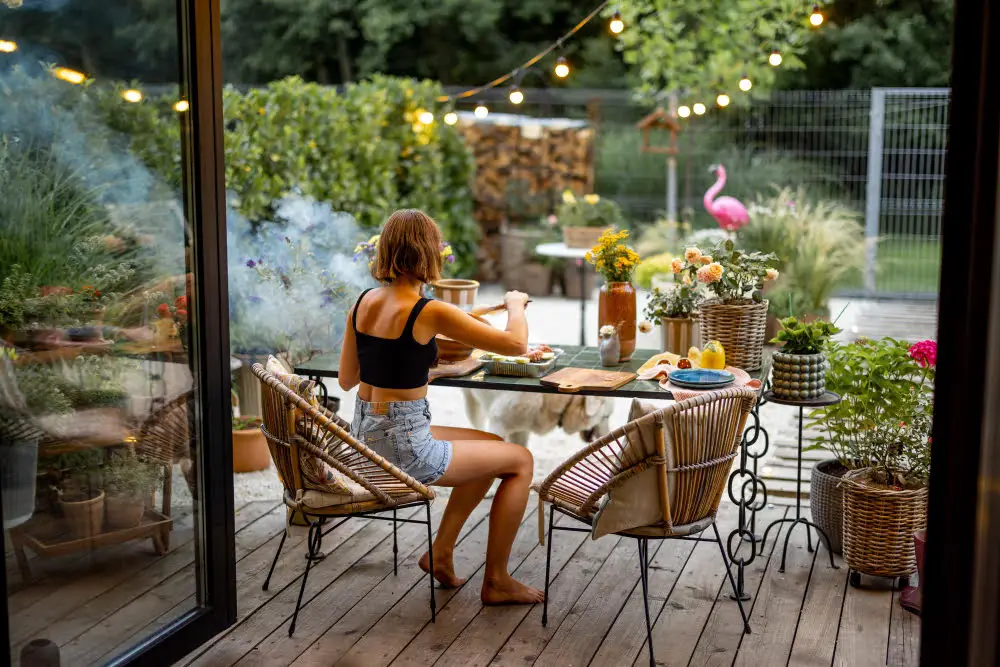
The first step in creating a comfortable and livable outdoor space is to assess your needs and lifestyle. This involves understanding how you will use the space and what features are essential for your daily routine. For example, if you enjoy cooking and hosting dinner parties, then having a functional outdoor kitchen would be crucial.
On the other hand, if you prefer lounging and reading books, then comfortable seating options and a cozy reading nook would be more important. By assessing your needs and lifestyle, you can prioritize the elements that matter most to you and design an outdoor space that truly reflects your unique preferences and way of living. So, take some time to think about how you want to use your outdoor space before moving on to the next step.
Determine the Purpose of Your Outdoor Space
Once you have assessed your needs and lifestyle, the next step is to determine the purpose of your outdoor space. This could be anything from creating a space for relaxation and meditation to building an entertainment area for hosting parties and gatherings. The purpose will not only guide your design choices but also help you decide on the layout and functionality of your outdoor space.
It’s important to have a clear idea of the purpose, as it will ensure that your outdoor space serves its intended function and meets your expectations. Plus, having a defined purpose will also make it easier to select the right furniture, decor, and other elements for your outdoor area.
Choose the Right Outdoor Structure
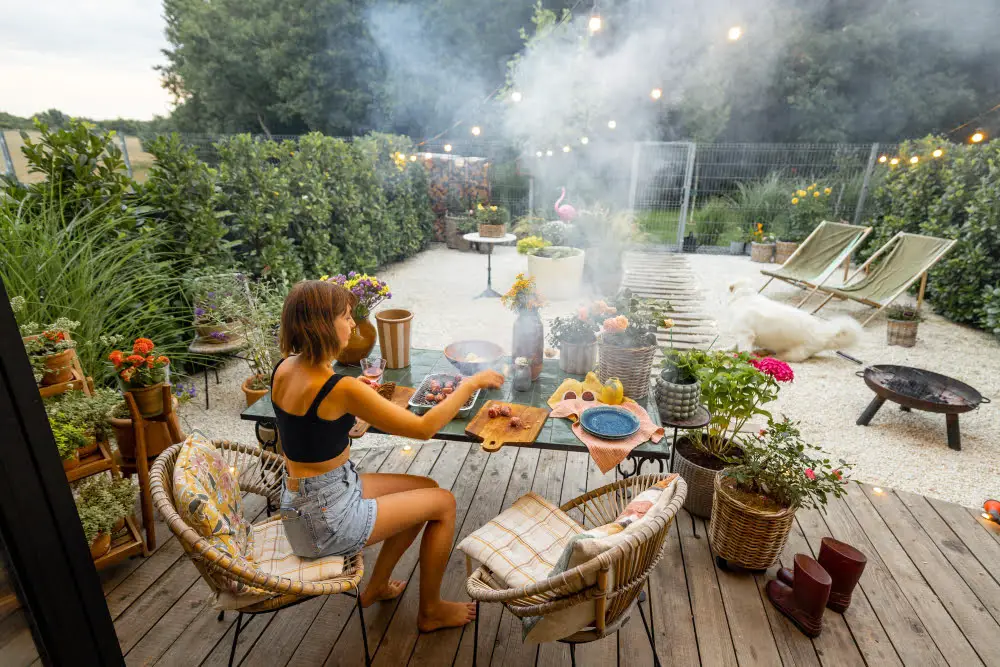
The outdoor structure you choose will depend on the purpose and size of your outdoor space. It could be anything from a simple pergola for shade and ambiance to a full-fledged outdoor room complete with walls and a roof. For instance, decks are great for creating an extension of your indoor living space. They provide a versatile and customizable option for outdoor living.
On the other hand, a gazebo or pavilion can offer protection from the elements while also creating a cozy and intimate setting. Ensure to work with experts to determine the best outdoor structure for your needs and budget. Remember, the right structure will not only enhance the aesthetics of your outdoor space but also provide functional benefits.
Select the Appropriate Furniture and Decor
Furniture and decor are what give character to an outdoor space. When choosing furniture, consider its durability and resistance to weather and other outdoor elements. Opt for materials such as teak, cedar, or wrought iron that can withstand the changing seasons.
As for decor, you can get creative and add personal touches that reflect your style and personality. Incorporate elements like throw pillows, rugs, and potted plants to create a cozy and inviting atmosphere. Remember to balance functionality with aesthetics when selecting furniture and decor for your outdoor space.
Incorporate Comfortable Seating Options
Comfortable seating is a must when creating a livable outdoor space. It’s essential to have a variety of seating options, such as lounge chairs, dining chairs, and benches, to accommodate different activities and guests. Consider adding cushions or pillows for added comfort and style. You can also incorporate built-in seating, such as a bench around a fire pit or an outdoor sofa against a wall, to save space and create a cohesive look.
Additionally, make sure to choose furniture that fits the size of your space. Oversized furniture can make the area feel cramped, while too little furniture can make it appear sparse and uninviting. Strike a balance between comfort and functionality when selecting seating options for your outdoor space.
Add Lighting for Ambiance and Functionality
Lighting is crucial for setting the mood and creating ambiance in an outdoor space. It also serves a functional purpose by providing necessary illumination for nighttime activities. Consider incorporating different types of lighting, such as string lights for a warm and inviting glow, spotlights for highlighting specific areas, and pathway lights for safety.
Make sure to also consider the placement of lighting fixtures. For example, placing a light above a seating area can create a cozy atmosphere, while adding lighting in dark corners or walkways can increase visibility and enhance the overall look of your outdoor space.
Optimize the Use of Space
When designing your outdoor space, aim to make the most of the available area. Consider how you can use vertical space, such as by adding hanging plants or shelves, to maximize the use of limited floor space. Furthermore, think about multifunctional pieces like a coffee table that doubles as storage or a dining table that can convert into a game table.
You can also create distinct zones within your outdoor space, such as a cooking area or a lounge area, to make the most of every corner. By optimizing the use of space, you can create a functional and versatile outdoor area that meets all your needs and preferences.
Don’t Forget about Maintenance and Upkeep
Lastly, it’s important to keep maintenance and upkeep in mind when creating a comfortable and livable outdoor space. Choose materials that are easy to clean and maintain, as well as weather-resistant. Regularly inspect and clean your furniture, decor, and other elements to ensure they remain in good condition.
Moreover, consider incorporating low-maintenance landscaping options such as native plants or artificial turf to reduce the time and effort needed for upkeep. With proper maintenance, your outdoor space will remain in top shape and continue to provide a relaxing and enjoyable area for years to come. Don’t forget about the practical aspects while designing your dream outdoor space.
Creating a comfortable and livable outdoor space requires careful planning, but the end result is well worth the effort. By following these eight steps and being mindful of your needs and lifestyle, you can design an outdoor area that not only adds value to your property but also brings joy and relaxation into your daily life. Remember to strike a balance between functionality and aesthetics, optimize the use of space, and keep maintenance in mind for a truly inviting and enjoyable outdoor space.
Recap
